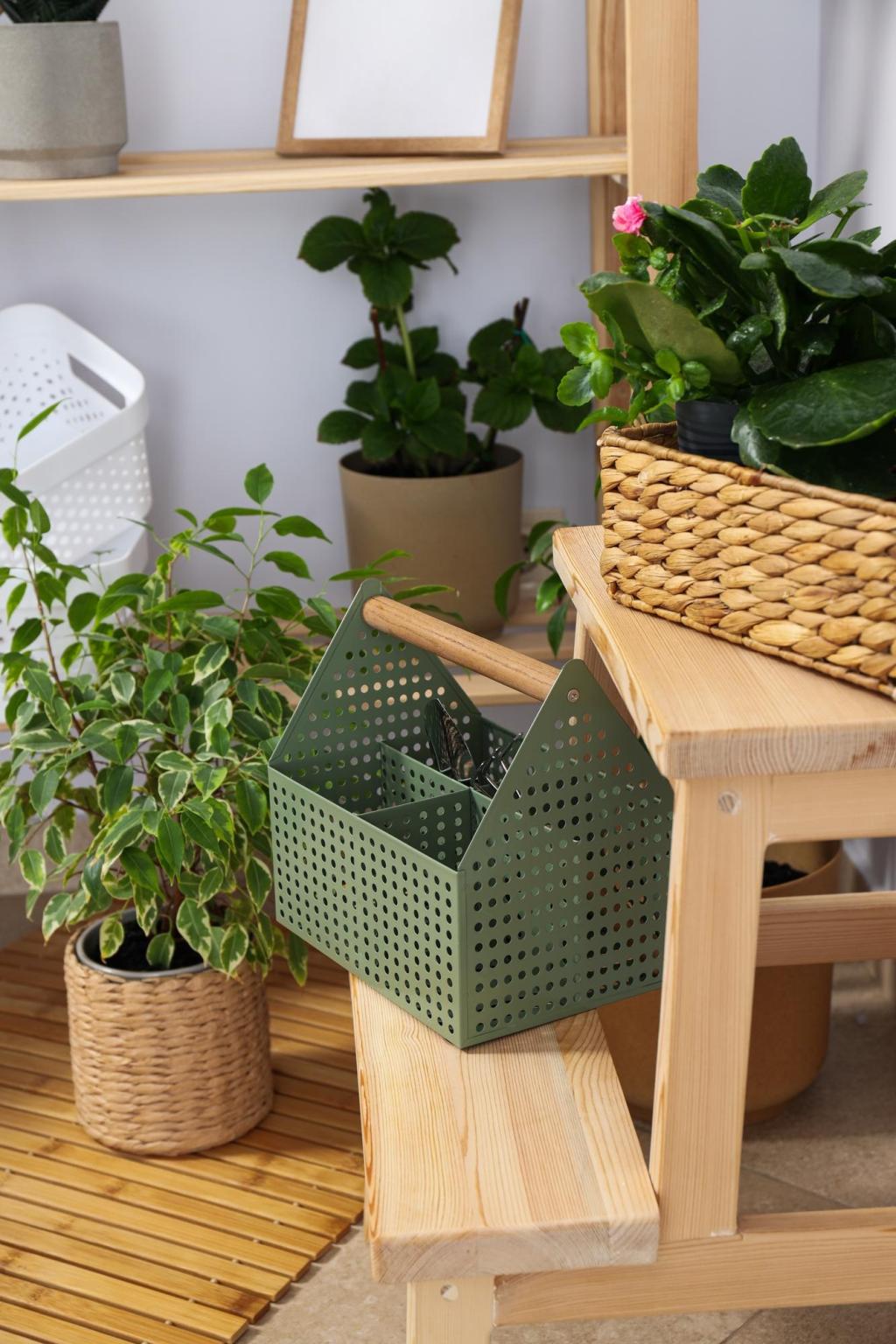Innovative Green Materials in Modern Decor
The world of interior design is rapidly evolving, and sustainability is taking center stage. Innovative green materials are revolutionizing modern decor, offering creative solutions that are kind to the environment without compromising on aesthetics or functionality. These materials, ranging from recycled elements to sustainably sourced organics, signal a new era in home and commercial interiors. The marriage of technology and environmental consciousness enables designers and homeowners alike to craft beautiful, healthy spaces that reflect both a sophisticated taste and a commitment to the planet’s future.

Bamboo: Nature’s Rapidly Renewable Resource
Bamboo has surged in popularity among eco-conscious designers thanks to its extraordinary growth rate and regenerative abilities. Unlike traditional hardwoods, bamboo can be harvested within just a few years, making it a rapidly renewable material. Its strength and flexibility make it suitable for flooring, wall panels, and even furniture. The unique grain and tonal variety of bamboo introduce a contemporary and exotic flair to interiors while minimizing environmental impact. Additionally, modern processing techniques ensure bamboo products are durable and resistant to changes in humidity, making them adaptable to various climates and design requirements.

Reclaimed Timber: Preserving History and Character
Reclaimed timber brings a distinctive narrative to modern spaces, blending history with contemporary design. Salvaged from old barns, factories, and deconstructed buildings, each piece of reclaimed wood carries a story, evident in unique patinas and weathered textures. Incorporating reclaimed timber reduces the demand for newly harvested lumber and minimizes waste, following a circular economy ethos. Designers prize this material for its individuality and environmental benefits, using it in feature walls, beams, or statement furniture pieces that stand as functional works of art and sustainability.
Previous
Next
Upcycled and Recycled Materials in Interior Design
Recycled glass is one of the most versatile green materials in modern decor. Old bottles and industrial glass waste are transformed through processes like melting and molding into dazzling countertops, tiles, and decorative accents. The end product often displays mesmerizing patterns, vibrant colors, and a unique translucence that can’t be replicated with new glass. By diverting glass from landfills, designers can create luminous surfaces that brighten interiors while promoting responsible resource use. The thermal stability and resistance to stains and scratches make recycled glass a practical and stylish choice for kitchens, bathrooms, and beyond.
Biophilic Innovations: Bringing Nature Indoors
Living Walls: Vertical Gardens for Urban Spaces
Living walls, also known as green walls, have become a dynamic feature in modern interiors, especially in urban environments where access to green space is limited. These installations utilize panels of living plants rooted in a substrate affixed to vertical surfaces, creating a lush slice of nature indoors. Living walls improve air quality, provide thermal insulation, and reduce ambient noise. They also contribute to the biophilic effect, which is associated with reduced stress and heightened creativity. Integrating living walls into workspaces or homes fosters a direct connection with nature in the midst of the built environment.
Natural Fibre Textiles: Comfort with a Conscience
Natural fibre textiles, such as organic cotton, linen, hemp, and wool, are cherished for their tactile comfort and minimal environmental impact. These fibers are biodegradable and often cultivated with fewer chemicals or irrigation needs compared to synthetics. In modern decor, they can be found in upholstery, rugs, curtains, and bedding, promoting indoor air quality by avoiding off-gassing commonly associated with synthetic fabrics. Artisans and manufacturers are continually pushing the boundaries, offering textures and patterns that are both luxurious and sustainable, ensuring comfort doesn’t come at the Earth’s expense.
Cork: The Silent Eco-Champion
Cork is harvested from the bark of cork oak trees without harming the tree, making it a superb renewable material. Its natural buoyancy, resilience, and insulating properties have made cork an outstanding choice for flooring, wall coverings, and decorative accessories. In addition to its acoustic and thermal benefits, cork brings a warm, organic aesthetic to modern interiors. As awareness grows around its carbon-sequestering potential and the gentle harvesting process, cork is emerging as a favorite among designers seeking both functional and ethical materials.
